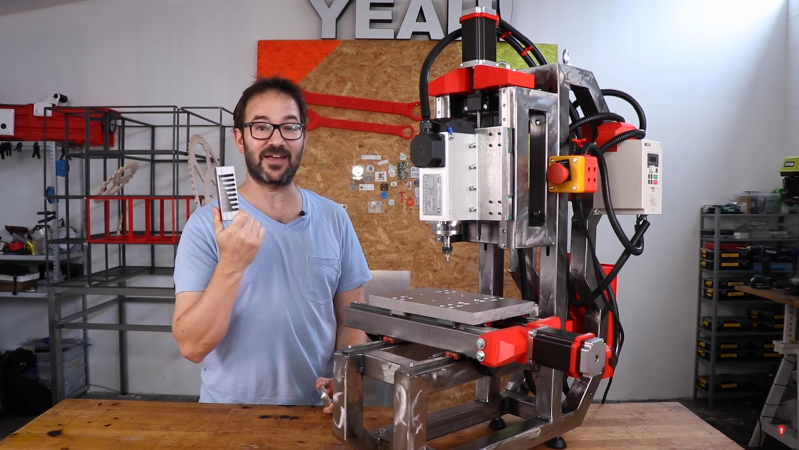Vibration is a fact of life in almost every machining operation. Whether you’re milling, drilling, turning, or grinding, vibration can result in chatter that can ruin a part. Fighting chatter has generally been a matter of adding more mass to the machine, but if you’re clever about things, chatter reduction can be accomplished electronically, too. (YouTube, embedded below.)
When you know a little something about resonance, machine vibration and chatter start to make sense. [AvE] spends quite a bit of time explaining and demonstrating resonance in the video — fair warning about his usual salty shop language. His goal with …read more
 Continue reading Fighting Machine Tool Chatter with a 555 Timer→
Continue reading Fighting Machine Tool Chatter with a 555 Timer→

